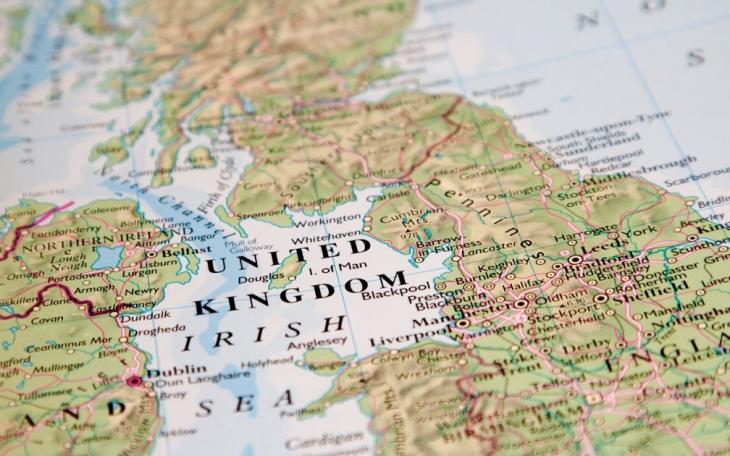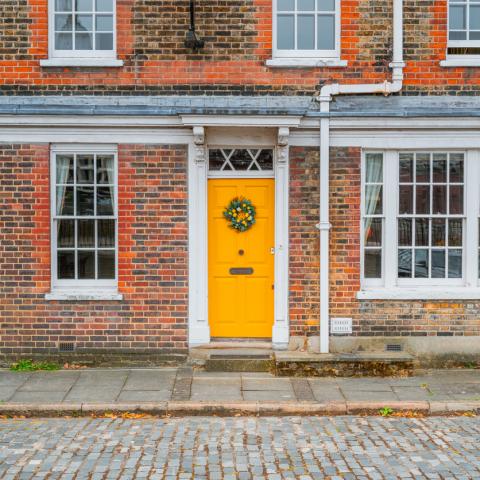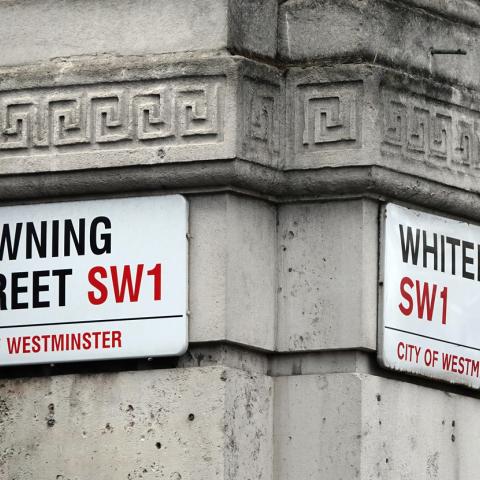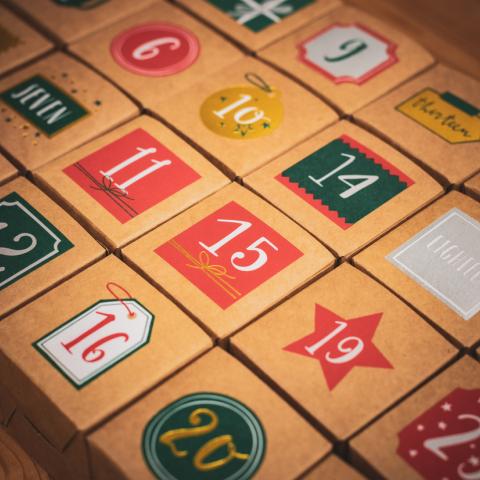Taking back control: the ones to watch

At this year’s local elections some 230 councils are being contested, of which 83 are Conservative-run, 49 Labour, and 17 Liberal Democrat, while 80 of the councils are under no overall control (NOC).
The last time these seats were up for grabs, in 2019, the Tories lost over 1,300 seats and majority political control of 44 councils. Labour lost 63 seats and control of six authorities at a point in the election cycle in which an opposition would be expecting to make gains.
The biggest winners were the Lib Dems who seized 11 councils, and we also saw a hefty increase in the number of councils in No Overall Control (NOC). 37 councils had no majority party, driven by thousands of voters expressing dismay with the mainstream parties by backing independents.
Reflecting, 2019 was a particularly bad period for the Conservatives, with the party engulfed in a civil war over Brexit, but the picture wasn’t much better for Labour either, with serious divisions in the party over Jeremy Corbyn's leadership. In political years, this feels like a lifetime ago, with the country since having been through two general elections, four prime ministers, Partygate and other political scandals, a global pandemic, the Ukraine war, and the cost-of-living crisis.
So where will the main parties be fighting to win back control?
The North
Looking first to the North where the Conservatives have made significant gains in recent years. Darlington Borough Council offers the clearest contest between Labour and the Conservatives, with the political landscape undergoing a huge shift in 2019 as the Tories gained control for the first time in 40 years. While their majority is small – and has been reduced over the past four years – a repeat of their 2019 success would signal hopes of holding on to Red Wall seats at the next general election. Alternatively, Labour reversing the power shift would be seen as a real sign of northern recovery for the party.
Labour will also be hoping to take some of those NOC local authorities like South Ribble. This is set to be a close contest as the last 20 years have seen the council shift between Labour, NOC, Conservative and back to NOC, meaning both main parties are targeting it this year. The picture is also interesting in Bolton, which was held by Labour for several decades until local independent councillors took several seats and struck an agreement with the Conservatives, who had become the largest party.
The Midlands
In the West Midlands, Herefordshire will be a key target for the Conservatives after losing control four years ago. One of the big successes of the Green Party’s 2019 local election efforts came here, with the council currently led by the Greens and two groups of independents. While the Conservatives are still the largest major party on the council, it looks unlikely that they will be able to win back control with a wide-based coalition ready to work against them.
The South West
Plymouth City Council is also one to watch having historically switched between Labour and Conservative control. It is currently run by the Tories with a 23-seat minority administration after a series of resignations and party suspensions. They will face a fierce fight from Labour who are promising to bring stability to the council after what their Labour leader described as a “carnival of chaos”. You may recall the outrage at the Council’s decision to fell more than 100 trees in the dead of night, resulting in Plymouth’s two Tory MP’s calling on Labour to take over the council.
East England
In the east, The Greens have their eyes set on Mid Suffolk Council, where they hope to gain their first outright majority. In 2019, the party gained 7 seats, resulting in the Conservatives losing their majority. To gain it for themselves in May, the Greens would need to win a further six seats. The Green’s opposition to large-scale housebuilding has helped them in the district, where residents are worried about the potential environmental impacts of development.
Home Counties
The Royal Borough of Windsor and Maidenhead has been Conservative run since 2019 when they won a single seat majority in the local elections. Despite this, the party managed to push through their controversial Local Plan, although Tory Councillors have since hinted that they may dilute the plan’s housing proposals. Politically, the Borough is fractured, with ten Lib Dem and nine Residents councillors. However, with a majority only taking 22 seats and signs of coordination between opposition parties, the Conservatives could easily lose out here.
Guildford Borough Council will be another interesting one to watch. With no overall control since 2019, the Lib Dems will be looking to gain at least 8 seats to make a majority. Politically, the Council is extremely fractured, with 14 Residents Councillors, 8 Conservatives, and four other parties making up the remaining seats. Since 2019, the Council has been managed by Liberal Democrats and the resident’s group, R4GV.
The Lib Dems
The Liberal Democrats will be fighting hard to hold onto their most recent gains, putting respective pressure on the Conservatives in Bath & North East Somerset and Labour in Hull after taking overall control away from the two main parties, as well as winning North Norfolk District Council from no overall control.
In West Berkshire, the Liberal Democrats believe they could seize control of the Conservative-run Council, which has been in Tory hands for the past 20 years. Housing development is a major concern for residents, and the Lib Dems only need another six seats to take the majority.
National polling suggests the Conservatives should expect a tough night, but it is clear that both Labour and the Tories are starting from a low point and will be fighting to make big gains on 4th May.








